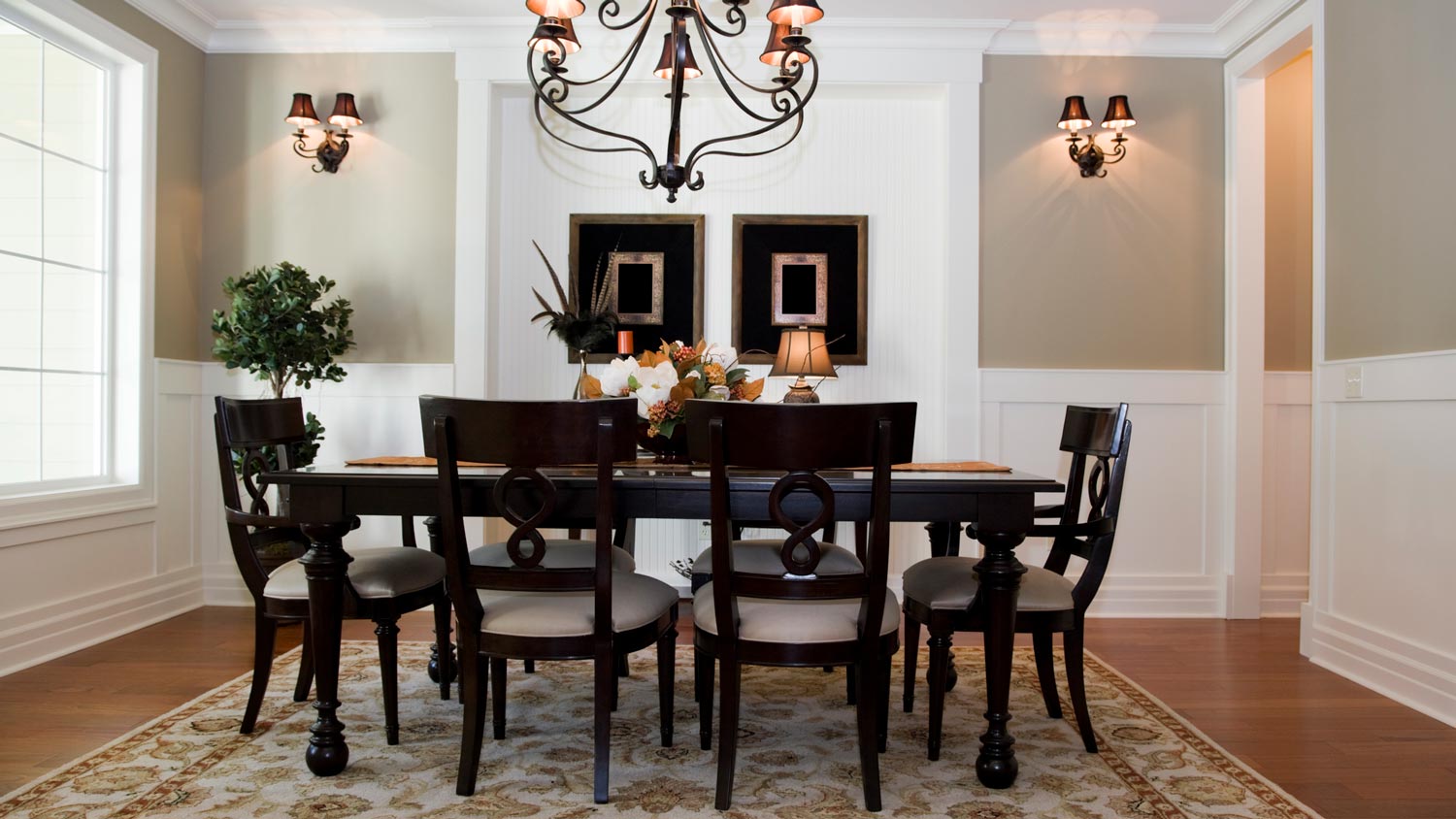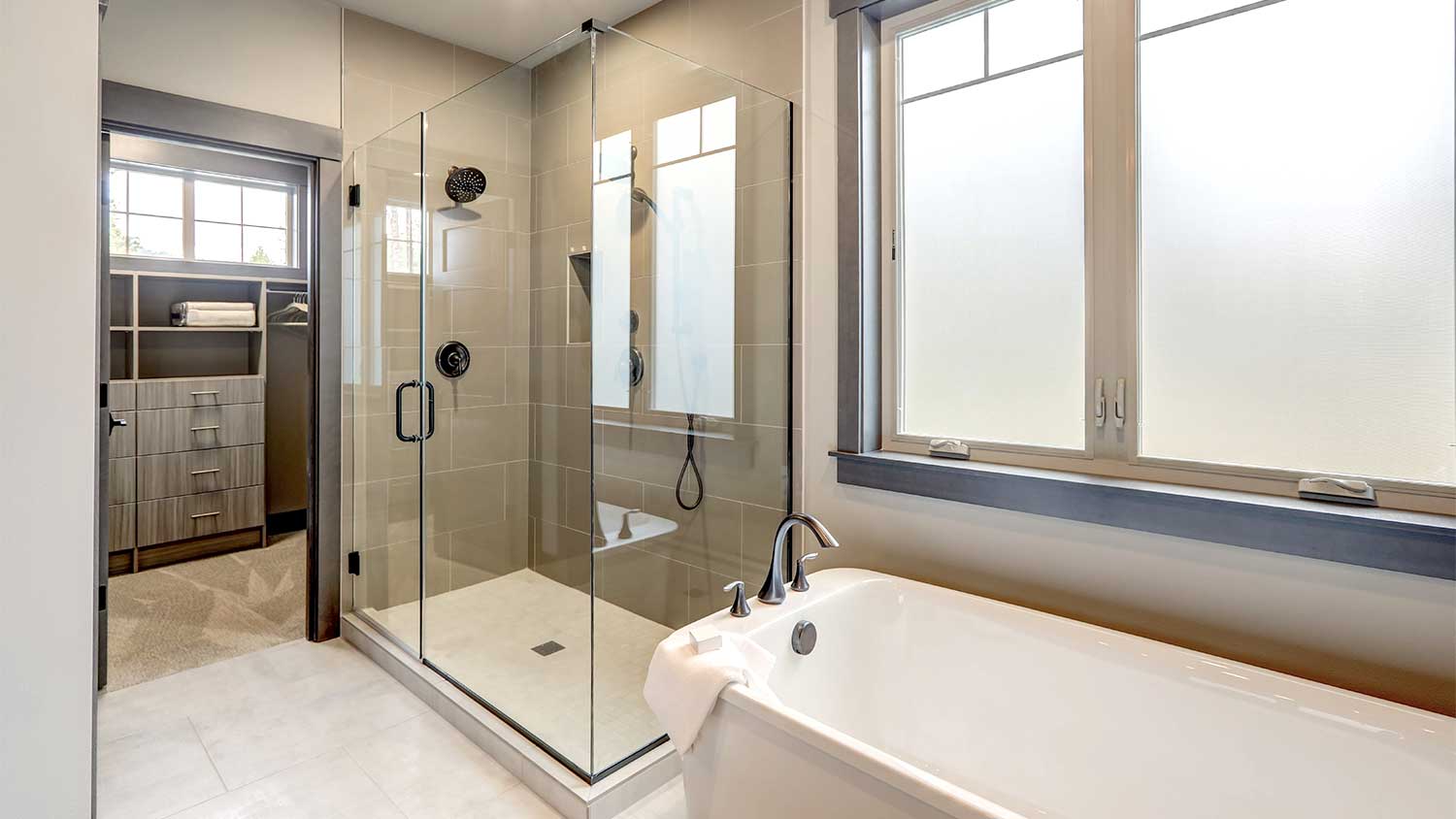The 6 Best Types of Wainscoting for Your Home
Find out which style is right for your home


Though wainscoting first debuted on the scene hundreds of years ago, it’s still as popular as ever because of just how much it can add to a space. If you’re thinking about installing a feature like this in your home, knowing a bit about the most common styles will help you make the right choice for your preferences.
Use this guide to get to know the six most popular styles of wainscoting, along with the best materials for the job and whether or not installing it is a project you can DIY.
What Is Wainscoting?
Wainscoting is a type of wall molding that’s constructed from wood panels. Unlike crown molding—which is used to create a distinction between a wall and ceiling—wainscoting covers the bottom half of a wall, with most options ranging from 32 to 40 inches in height (though you can adapt the height of your wainscoting to suit your needs).
Wainscotting was originally intended as an extra insulation measure in stone homes when it was first invented in the 18th century. And its name comes from the material that was initially used to build it—a type of oak known as wainscot.
Nowadays, wainscoting can be constructed from many different types of materials (including options beyond wood, like vinyl, plastic, and fiberboard), and is primarily beloved for its aesthetic appeal rather than its insulation capabilities. This wall molding will simultaneously protect your walls from common damages while also adding texture, character, and an old-world charm to just about any space.
6 Different Styles of Wainscoting

In general, there are six main styles of wainscoting and each has its own distinctive characteristics.
1. Raised-Panel
This is the classic kind of wainscoting and can often be found in Colonial-style homes. It’s constructed from interior panels that are flush against the wall and trim panels that are beveled by a professional craftsperson to protrude outward. The end result is a wall that appears to be sunken inwards, when in fact its exterior panels are raised to create that effect.
2. Flat-Panel
Unlike raised-panel wainscoting, this type consists of an interior panel that lines up with the exterior trim panels to create a flat, even surface. Flat-panel wainscoting is among the easiest styles to DIY because it doesn’t require any special woodworking or beveling skills like raised panel or board and batten alternatives do.
3. Wall-Panel
This type of wainscoting uses the wall as the interior panel rather than overlaying an additional panel on top, like many of the other styles do. Because there is usually a difference in depth between the wall and exterior trim panels, this style has a similar impact as raised-panel wainscoting but is much easier to DIY.
4. Board and Batten
Board and batten is a type of wainscoting that has wider, vertically-positioned boards side-by-side and covers the seams where the boards meet with a thin board known as a batten. Though this style was originally used as an exterior siding, its aesthetic is beloved in farmhouse, rustic, and cottagecore-inspired spaces today.
5. Overlay
Overlay wainscoting is a combination of both flat and raised-panel wainscoting. It consists of not one, but two interior panels—the first a flat panel that’s bound with a slightly smaller second panel to create an ornate, layered appearance. It’s a frequent feature of neoclassical design.
6. Beadboard
Beadboard is a type of wainscoting that consists of long, thin, vertically-placed panels that sets it apart from the other styles. It’s a favorite style for bathrooms and mudrooms because its many grooves better disguise dirt and debris build-ups than other types of wainscoting that have larger, more visible panels.
What Are the Different Types of Wainscoting Material?

Though wainscoting is typically made from wood panels—and from almost any kind of wood—it’s no longer uncommon to find varieties made from other materials.
Vinyl
This wainscoting option is beloved for spaces that see lots of traffic and moisture like kitchens, bathrooms, and mudrooms because it’s easy to clean and more scratch- and water-resistant than ply or hardwood panel options. It’s also considerably less expensive than its alternatives at roughly $1 to $2 per linear foot compared to the average $5 per linear foot of real wood paneling, according to HomeAdvisor.
Medium Density Fiberboard
Made from a mix of wood chips, plant fibers, and sawdust, medium density fiberboard (or MDF) is a wood-like alternative to the real deal that’s more affordable and comes with a handful of pros and cons. It offers extra insulation for both hot and cold temperatures as well as sound, but it’s weaker and easier to damage than real wood. On average, you’ll pay roughly $2 to $4 per linear foot of this wainscoting material.
PVC
Wainscoting made from polyvinyl chloride (or PVC) is another alternative to wood that’s moisture- and damage-resistant as well as more affordable $2 to $2.50 per linear foot on average. It does have a couple of downsides, like that it doesn’t have the longest lifespan and isn’t easy to repair when broken. In these instances, you’ll have to pay up to replace the damaged panels entirely.
Cost to DIY Wainscoting vs. Hiring a Pro
Installing wainscoting costs from $7 to $40 per square foot or roughly $1,050 to $1,600 for an entire project if you hire a professional contractor near you. Because labor costs make up a lot of what you’ll pay, you can save up to half on expenses by doing this project yourself.
Many types of wainscoting require extensive knowledge and woodworking skills, especially those with beveled edges like raised-panel and overlay wainscoting. When in doubt, try an easier style, like wall-panel or beadboard, if you’re adamant about going the DIY route.





- Bathroom Remodeling
- Kitchen Remodeling
- Shower Installation
- Stair Installers
- Bathtub Installation
- Shower Door Installers
- Kitchen Design
- Bathroom Design Companies
- Storm Shelter Builders
- Pre-Made Cabinets
- Kitchen Refacing
- Bathtub Replacement
- Ceiling Tile Installation
- Suspended Ceiling Companies
- Residential Designers
- Stair Builders
- Remodel Designers
- Shower Enclosures
- Home Renovations
- Kitchen Renovations
- Garage Remodeling
- Grab Bar Installation
- Walk-In Tub Installers
- Tub to Shower Conversion
- Balcony Contractors
- What Is the Right Bathroom Wainscoting Height?
- 15 Charming Wainscoting Ideas for Every Room in Your Home
- 18 Stylish Wall Paneling Ideas
- Beadboard Paneling Is a ‘Groove’-y Way to Add Charm to Your Home
- 22 Wall Covering Ideas to Add Interest to Your Rooms
- 6 Common Molding Types Found in Homes
- 12 Alternatives to Drywall for Your Renovation
- How Many Solar Panels Do I Need? Explore Typical Panel Wattage and Costs
- Where to Put Knobs and Handles on Kitchen Cabinets: Tips to Nail Your Hardware Placement
- How to Cover a Metal Gate for Privacy: 5 Potential Methods










